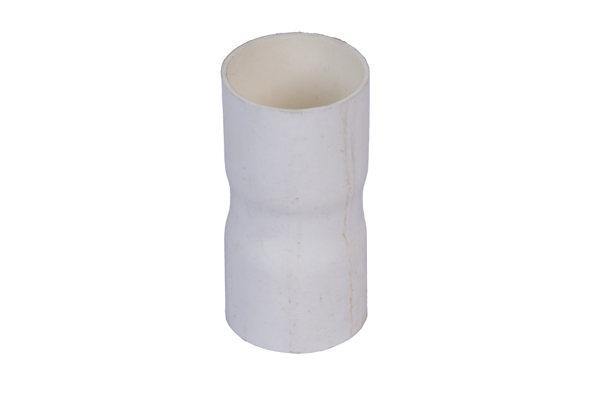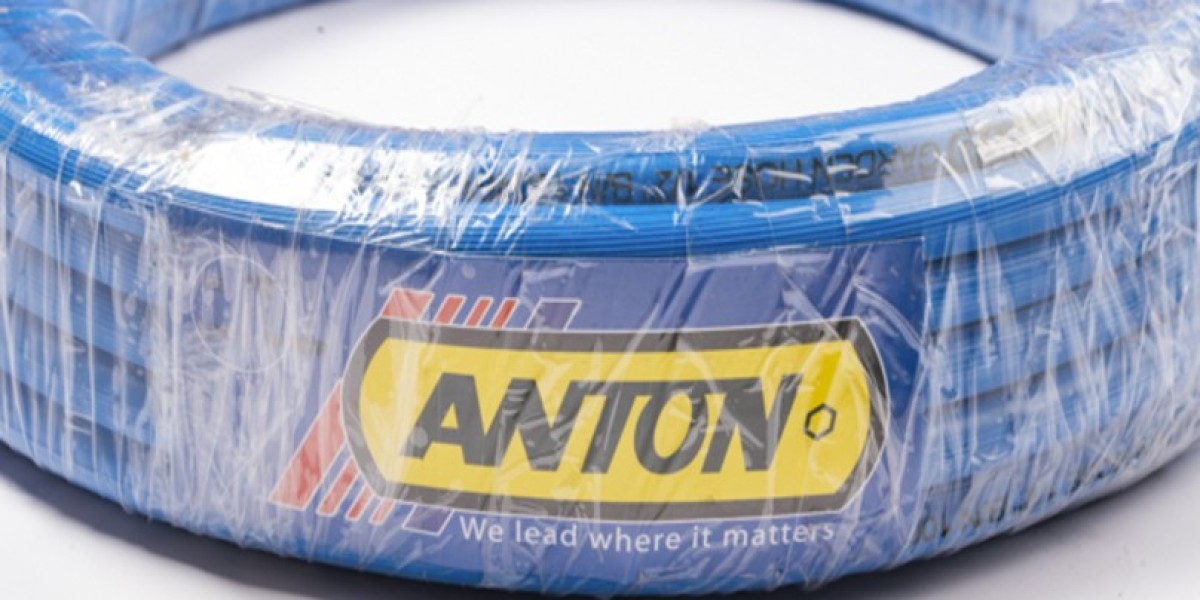Pipe fittings are components used in piping systems to connect straight pipes or tubing sections, adapt to different sizes or shapes, and regulate or redirect the flow of fluid (liquid or gas). They are essential for plumbing, gas, and mechanical systems, allowing pipes to be securely joined, terminated, or diverted, and they come in various types, from drainage pipes and fittings to conduit pipes and hoses.

Types of Pipe Fittings and Their Uses:
- Elbows:
- Use: Change the direction of the flow (commonly 45° or 90° angles).
- Example: Used in plumbing systems to navigate around obstacles.
- Tees:
- Use: Split or combine flow, creating a T-shaped junction.
- Example: Commonly used for distributing water or gases in multiple directions.
- Couplings:
- Use: Join two straight pipes of the same diameter.
- Example: Used to extend pipe runs or repair a broken pipe.
- Reducers:
- Use: Connect pipes of different sizes, reducing the pipe diameter to control flow rate or pressure.
- Example: Applied in systems where a gradual change in flow or pressure is needed.
- Bushings:
- Use: Reduce pipe diameter by inserting a smaller pipe into a larger one.
- Example: Found in plumbing systems to step down pipe sizes efficiently.
- Unions:
- Use: Join pipes, allowing for easy disassembly without cutting the pipe.
- Example: Used in systems where sections of piping may need regular maintenance or replacement.
- Adapters:
- Use: Change the end of a pipe to allow different fittings to connect.
- Example: Used in systems where two different pipe types need to be connected, such as threaded to unthreaded pipes.
- Caps:
- Use: Close or terminate the end of a pipe.
- Example: Installed on a pipeline to stop the flow of fluid or gas temporarily or permanently.
- Plugs:
- Use: Close off a pipe fitting opening, similar to caps.
- Example: Commonly used in plumbing systems to seal off unused pipe ends.
- Valves:
- Use: Regulate or stop the flow within the piping system.
- Example: Used in water or gas systems to control the flow or shut off parts of the system for maintenance.
- Crosses:
- Use: Similar to tees but with four openings at 90-degree angles, creating a cross-shaped junction.
- Example: Often used in fire sprinkler systems or industrial piping where multiple branches are needed.
- Flanges:
- Use: Connect pipes or valves, allowing for easy access for cleaning, inspection, or modification.
- Example: Common in high-pressure applications, like in oil and gas industries.
Pipe fittings are chosen based on factors like the material (plastic, steel, copper, etc.), the pressure and temperature of the system, and the type of fluid flowing through the pipes.
Different types of pipe materials
Pipe materials vary widely depending on the application, fluid being transported, and environmental factors like pressure, temperature, and corrosion. Here are some common types of pipe materials:
- Steel Pipes
- Subtypes: Carbon Steel, Stainless Steel, Galvanised Steel
- Use: High-pressure applications, industrial systems, and underground piping.
- Advantages: Strong, durable, withstands high temperatures and pressures.
- Disadvantages: Heavy, can corrode if not treated.
- Copper Pipes
- Use: Plumbing systems, especially for water supply lines, HVAC systems, and refrigerants.
- Advantages: Corrosion-resistant, long-lasting, good for both hot and cold water.
- Disadvantages: Expensive, can be affected by acidic water.
- PVC (Polyvinyl Chloride) Pipes
- Use: Drainage, irrigation, water supply, low-pressure applications.
- Advantages: Lightweight, inexpensive, corrosion-resistant, easy to install.
- Disadvantages: Not suitable for high-temperature fluids or high-pressure systems.
- CPVC (Chlorinated Polyvinyl Chloride) Pipes
- Use: Hot and cold water supply, industrial piping.
- Advantages: Similar to PVC but more heat-resistant, able to handle higher temperatures.
- Disadvantages: Brittle, not as strong as metal pipes.
- PEX (Cross-linked Polyethylene) Pipes
- Use: Hot and cold water supply, radiant heating systems.
- Advantages: Flexible, resistant to freezing and corrosion, easy to install.
- Disadvantages: Not UV-resistant (can't be used outdoors), can degrade with long-term exposure to sunlight.
- Cast Iron Pipes
- Use: Drainage, sewer systems, and underground water lines.
- Advantages: Very durable, noise-dampening, long-lasting in buried applications.
- Disadvantages: Heavy, prone to rust, difficult to work with.
- Ductile Iron Pipes
- Use: Municipal water and sewage systems.
- Advantages: Stronger and more flexible than cast iron, resistant to corrosion.
- Disadvantages: Can still rust over time, expensive.
- HDPE (High-Density Polyethylene) Pipes
- Use: HDPE pipes are used in water distribution, gas lines, irrigation systems.
- Advantages: Flexible, lightweight, corrosion-resistant, can handle high pressures.
- Disadvantages: More expensive than PVC, limited to certain applications.
- ABS (Acrylonitrile Butadiene Styrene) Pipes
- Use: Drainage systems, ventilation systems, and DWV (drain, waste, vent) systems.
- Advantages: Lightweight, tough, resistant to impact and corrosion.
- Disadvantages: Less UV-resistant compared to PVC, can deform at high temperatures.
- Concrete Pipes
- Use: Stormwater drainage, culverts, large municipal water systems.
- Advantages: Strong, long-lasting, ideal for large diameter applications.
- Disadvantages: Heavy, requires special equipment to install, can crack over time.
- Brass Pipes
- Use: Water supply, gas distribution, plumbing in old homes.
- Advantages: Corrosion-resistant, durable, maintains water purity.
- Disadvantages: Expensive, can contain lead if not properly treated.
- Aluminium Pipes
- Use: Compressed air systems, outdoor applications, and HVAC systems.
- Advantages: Lightweight, corrosion-resistant, easy to install.
- Disadvantages: Weaker than steel, not suited for very high-pressure applications.
- PEX-AL-PEX Pipes
- Use: Gas piping, heating systems, and radiant floor heating.
- Advantages: A multi-layer pipe with a PEX outer layer, aluminium core, and another PEX layer inside. Flexible, strong, durable.
- Disadvantages: Limited UV resistance, can’t be exposed to direct sunlight.
Each type of pipe material is chosen based on the specific needs of the system, including factors like fluid type, temperature, pressure, and cost considerations.
How to choose the right pipe fittings for your needs
Choosing the right pipe fittings for your project is essential for ensuring a safe, efficient, and durable piping system. Here are key factors to consider when selecting pipe fittings:
- Pipe Material Compatibility
- Ensure matching materials: The fitting should match the pipe material (e.g., steel, copper, PVC) to avoid issues like corrosion or leaks.
- For metal pipes: Use metal fittings (steel, brass, copper).
- For plastic pipes: Use plastic fittings (PVC, CPVC, PEX).
- For composite systems: Ensure adapters or specialised fittings are compatible with both materials (e.g., copper to plastic adapters).
- Size and Diameter
- Measure accurately: Fittings must match the size (inner and outer diameter) of the pipes.
- Use proper standards: Confirm that the fitting adheres to the sizing standards for your region (e.g., NPT for the U.S., BSP for Europe).
- Check pipe schedule: For high-pressure systems, match fittings to the pipe’s wall thickness (schedule rating).
- Pressure and Temperature Ratings
- Match ratings: Ensure that the fittings can handle the same pressure and temperature as the pipe and fluid flowing through it.
- High-pressure applications: Use heavy-duty fittings, such as steel or stainless steel.
- High-temperature applications: Choose materials like stainless steel or CPVC, which can tolerate higher temperatures.
- Fluid Type
- Corrosion resistance: Select materials resistant to the fluid being transported.
- For water: PVC, CPVC, and copper are suitable.
- For gas: Use black iron or copper.
- For chemicals: Use corrosion-resistant materials like stainless steel or specialised plastics.
- Contaminant sensitivity: For systems that carry drinking water or food-grade fluids, ensure fittings are certified for potable use.
- Type of Connection
- Threaded fittings: Best for metal pipes, allowing for easy assembly and disassembly (common in gas and water systems).
- Solvent-weld (glue) fittings: Used for plastic pipes like PVC and CPVC. The solvent creates a bond between the pipe and fitting.
- Compression fittings: Ideal for easy installation, no heat or adhesives required. Common in copper and PEX piping systems.
- Flange fittings: Used in industrial or high-pressure settings for easy connection and disconnection.
- Push-fit fittings: Require no tools and are used in residential plumbing for PEX and copper pipes.
- Flow Direction and Type of Joint
- Elbows: For changing the direction of flow (90° or 45°).
- Tees and Crosses: For branching off to different sections or connecting multiple pipes.
- Reducers: To transition between different pipe sizes.
- Unions and Couplings: For joining two pipes or enabling future disassembly.
- Application Type
- Indoor vs. outdoor use: For outdoor applications, choose fittings that resist UV light, weather conditions, and corrosion (e.g., HDPE or galvanised steel).
- Above-ground vs. underground: For underground systems, use materials that resist soil chemicals and moisture (e.g., ductile iron, HDPE, or PVC).
- Code and Regulation Compliance
- Local building codes: Ensure fittings meet the building codes and standards for your area (e.g., NSF certified for potable water, UL-listed for fire protection).
- Certifications: Check for certifications such as ASTM, ANSI, or ISO to ensure product quality and safety compliance.
- Ease of Installation
- DIY projects: Choose user-friendly options like push-fit or compression fittings if you are installing pipes yourself.
- Professional installations: For industrial or complex systems, rely on professional-grade fittings that may require welding, soldering, or threading.
- Cost
- Budget-friendly: For non-critical applications like home irrigation, PVC or PEX may be cost-effective.
- Durability and longevity: For more demanding systems, investing in high-quality metal or durable plastic fittings can save on maintenance and replacement costs.
Summary of Steps:
- Check compatibility with the pipe material.
- Ensure the correct size and diameter.
- Verify pressure and temperature ratings.
- Consider the type of fluid being transported.
- Select the right type of connection (threaded, solvent-weld, etc.).
- Match the fitting to the application (direction change, splitting, etc.).
- Ensure compliance with codes and regulations.
- Factor in ease of installation and budget.



